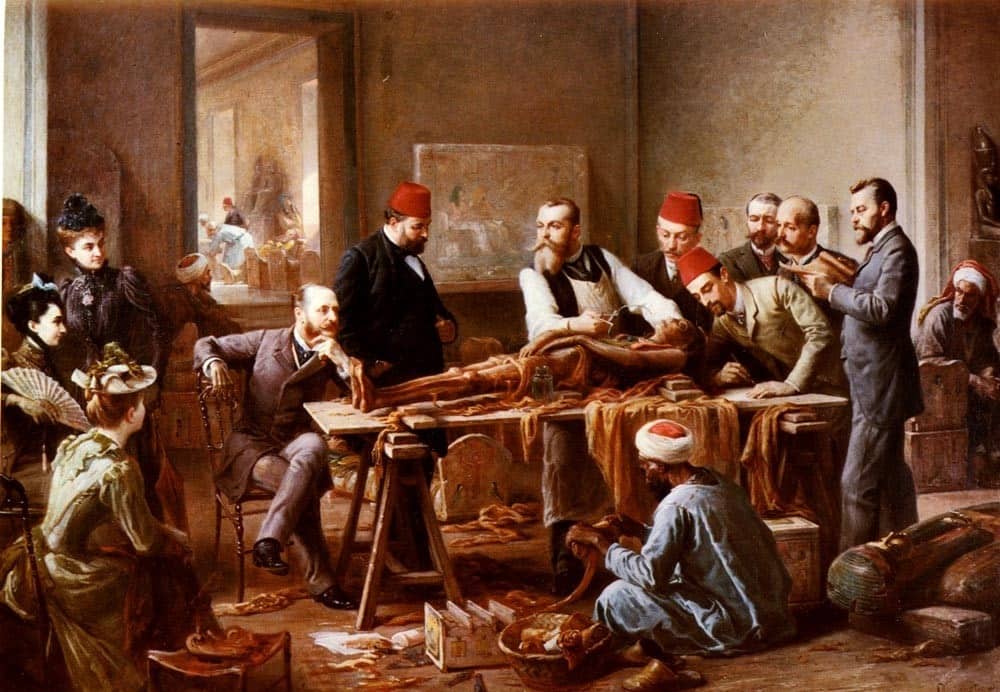Brown pigment in vintage photos refers to the use of brown colorant in early photographs to add warmth and depth. This pigment, made from natural or synthetic materials, was commonly used in the 19th and early 20th centuries to enhance the aesthetic quality of black-and-white images, giving them a distinctive, nostalgic appearance.
Detailed Introduction to Brown Pigment in Vintage Photos:
Brown pigment in old photographs is a topic that captures the interest of both history buffs and photography enthusiasts. This article will explain what brown pigment is, why it’s important, how it was used in the past, and its impact today.
We’ll also look at how The New York Times has discussed this topic and how vintage photos with brown pigment are preserved and restored.
1. Early Use of Brown Pigment in Photography:
In the early days of photography, brown pigment was commonly used to add color to black-and-white photos. Photographers made this pigment from natural materials like minerals.
These natural pigments gave vintage photos their distinctive warm tones and helped convey a sense of age and authenticity.
2. Evolution of Pigment Techniques Over Time:
As photography technology advanced, so did the methods for using brown pigment. Initially, pigments were mixed with photo chemicals manually, which was a meticulous process. Over time, scientists developed synthetic pigments that provided more stable and consistent colors.
This made it easier for photographers to achieve the desired shades of brown without the variability of natural pigments.
Importance of Brown Pigment in Vintage Photos!

1. Aesthetic and Cultural Significance:
Brown pigment is important because it adds a unique look to vintage photos. It gives them a warm, nostalgic feeling that people find appealing. This color often makes old photos feel more genuine and helps convey the mood and era of the time when the photo was taken.
2. Preservation of Historical Images:
Preserving photos with brown pigment is essential to maintaining their historical value. Over the years, these pigments can fade or deteriorate. Special preservation techniques are needed to protect these images from damage and to keep them in good condition for future generations to appreciate.
Techniques for Creating Brown Pigment in Vintage Photos!
1. Traditional Methods:
Historically, brown pigments were created from natural sources like ochre and umber. These materials were ground into a fine powder and mixed into photo solutions.
This process allowed photographers to create various shades of brown. While labor-intensive, it was effective in producing the desired color effects in vintage photos.
2. Chemical Processes Involved:
As technology advanced, chemical processes were developed to produce brown pigments more efficiently. Synthetic dyes were introduced, which were more stable and provided consistent results.
Understanding these chemical processes is important for those involved in restoring vintage photos, as it helps in maintaining the quality and appearance of the original images.
Notable Examples of Vintage Photos Using Brown Pigment!
1. Iconic Photographs and Their Stories:
Many famous old photographs use brown pigment to achieve their distinctive look. These photos often capture important events or notable people.
For example, early portraits and landscapes from the 19th century often feature brown tones that add depth and warmth, making them memorable and visually striking.
2. Contributions of Brown Pigment to Photojournalism:
Brown pigment also played a significant role in early photojournalism. By adding depth and emotion, it helped make news photos more engaging and impactful.
This use of color contributed to how stories were told through images, enhancing their narrative and emotional appeal.
The Role of Brown Pigment in Vintage Photos According to The New York Times!
1. Analysis of Articles and Features by The New York Times:
The New York Times has covered the topic of brown pigment in vintage photos in several articles. These pieces often explore how brown pigment affects the historical and visual value of photographs.
They provide insights into how this colorant contributes to the uniqueness and charm of vintage images.
2. Insights from Photography Experts Featured in The New York Times:
Experts featured in The New York Times offer valuable perspectives on brown pigment in vintage photos. They explain how this pigment affects the quality of photographs and how modern restoration techniques can be used to preserve these historic images.
Preservation and Restoration of Vintage Photos with Brown Pigment:

1. Challenges in Preserving Brown Pigment Photos:
Preserving vintage photos with brown pigment comes with challenges. Over time, the pigment can fade or deteriorate due to environmental factors or chemical changes. Special care is needed to address these issues and keep the photos looking their best.
2. Modern Restoration Techniques:
Today, advanced techniques are used to restore and preserve brown pigment photos. Digital imaging and specialized chemical treatments can repair damage and stabilize the pigment. These modern methods help ensure that vintage photos remain accurate and accessible.
What Are The Impact of Brown Pigment on Modern Photography?
1. Influence on Contemporary Photographers:
Modern photographers often draw inspiration from vintage techniques, including the use of brown pigment. By incorporating these traditional methods, they create photos that evoke a sense of nostalgia and connect contemporary work with historical styles.
2. Revival of Vintage Techniques in Modern Art:
There is a growing interest in reviving old photography techniques, including the use of brown pigment. This trend shows a renewed appreciation for historical methods and brings a classic touch to modern art and photography.
Frequently Asked Questions – About Brown Pigment in Vintage Photos:
1. How was brown pigment applied to vintage photos?
Brown pigment was typically applied to vintage photos through hand-tinting techniques, where the pigment was carefully painted onto the photograph’s surface. In some cases, pigments were mixed into photographic chemicals during the development process to achieve the desired brown tones.
2. What types of brown pigments were used in vintage photography?
Early photographers used various types of brown pigments, including natural earth pigments like ochre and umber. Synthetic pigments, developed later, provided more consistency and stability in color.
3. How does brown pigment affect the longevity of vintage photos?
The stability of brown pigment can impact the longevity of vintage photos. Some pigments are prone to fading or discoloration over time, affecting the photo’s appearance. Proper storage and conservation techniques are crucial for maintaining these images.
4. Are there specific historical periods when brown pigment was more commonly used?
Brown pigment was particularly popular during the 19th and early 20th centuries when hand-tinting was a common practice. It was used extensively before color photography became widely available.
5. Can modern technology replicate the effect of historical brown pigments in restored photos?
Yes, modern technology can replicate the effect of historical brown pigments using digital tools and advanced printing techniques. Restoration experts can use these technologies to reproduce the original look of vintage photos while ensuring long-term stability.
Conclusion:
Brown pigment in vintage photos offers a glimpse into early photographic techniques and styles. From its historical use to modern restoration, this pigment remains an important part of our photographic heritage, adding a unique and nostalgic element to old images.
The future of brown pigment in photography looks promising. With ongoing advances in preservation and restoration, this pigment will continue to be a significant and cherished aspect of our photographic history.


